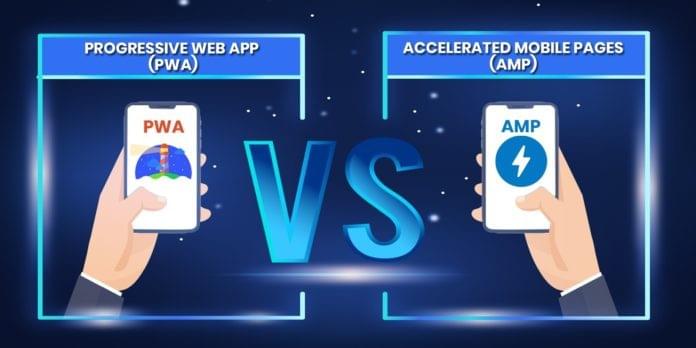
The web has expanded in the last few years which brought many challenges in its wake. Among them, the issues that troubles users the most are the slow nature of the mobile web. Many new technologies, led by Accelerated Mobile Pages (AMPs) and progressive web app (PWA), were introduced for solution of these issues.
With half of the web traffic coming from mobile devices, developers shifted their focus and introduced amazing tools like Accelerated Mobile Pages and Progressive Web pages to deliver a remarkable mobile experience.
What is Accelerated Mobile Pages (AMP)?
Accelerated Mobile Pages is an open source project by Google that allows developers to build web pages that load faster on mobile devices. It is created on JavaScript and offers instant and seamless experience than regular HTML.
What is Progressive Web Apps (PWA)?
PWA is an acronym for Progressive Web Apps. These are the web pages that look like native mobile apps and provide similar navigation and interaction. It also helps users revisit your website by offering push notifications, fast loading, and offline web pages.
The Differences Between AMP and PWA
Both have some similarities AMP and PWA work to reduce the loading time of web pages on mobile devices. While AMP primarily reduces page loading time, PWA pages update quickly to let the users experience a mobile app-like website without interruption.
AMP focuses on providing content as fast as possible, while PWA focuses on delivering a rich user experience and engages users via push notifications etc.
AMP is best suited for lightweight content like articles and blogs and PWA is suitable for e-commerce sites.
AMP contains JavaScript and CSS component, while PWA contains many things like Service Worker, App Shell, Web App Manifest, etc.
Conclusion
There is no clear winner between AMP and PWA as both perform best in combination. While one provides you instant content, the other ensures that users engage and interact with the website. The choice between the two also depends on the type of website that you run. AMP is good for sites that aren’t too media heavy and mostly contain static content.